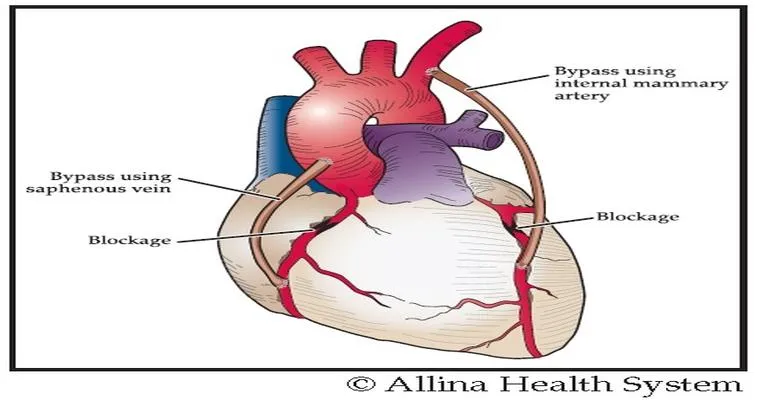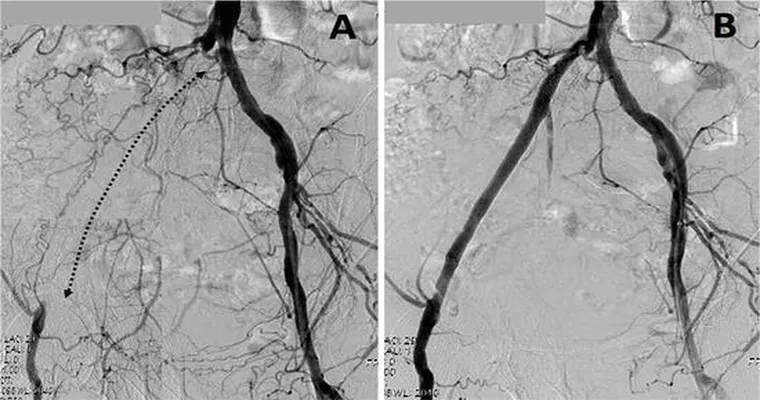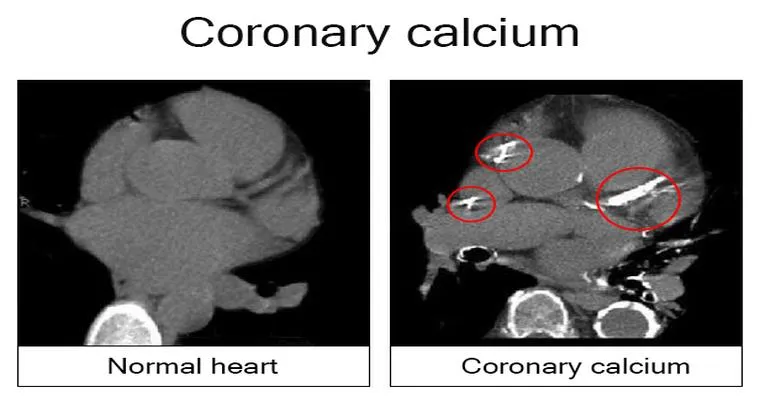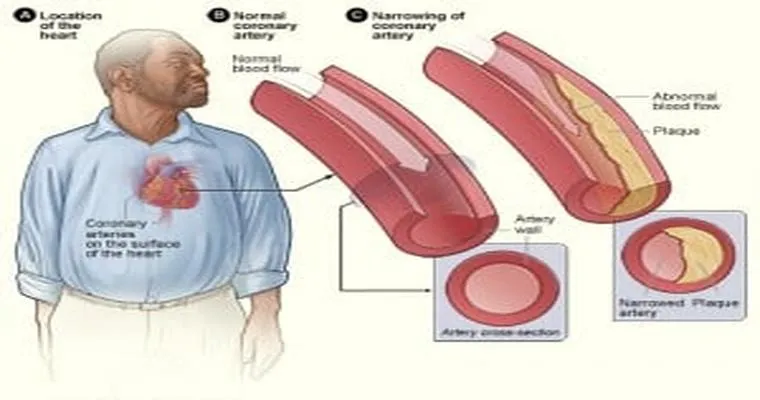"Coronary Artery Bypass Grafting" (CABG) is a surgical procedure aimed at improving blood flow to the heart muscle. This technique is commonly utilized in patients suffering from "coronary artery disease", which occurs when the arteries supplying blood to the heart become narrowed or blocked due to plaque buildup. By creating a bypass around the blocked arteries, CABG helps restore adequate blood circulation, ultimately enhancing heart function and reducing the risk of heart attacks.
During the CABG procedure, a surgeon takes a healthy blood vessel from another part of the body, typically the leg, arm, or chest, and uses it to create a new route for blood flow. This graft allows blood to bypass the obstructed artery, ensuring that oxygen-rich blood can reach the heart muscle. The number of bypass grafts performed during the surgery can vary, with some patients requiring multiple grafts depending on the severity of their condition.
The need for "coronary artery bypass grafting" often arises after other treatment options, such as medication or angioplasty, have failed to alleviate symptoms. Patients may experience chest pain, shortness of breath, or fatigue due to insufficient blood flow to the heart. CABG not only alleviates these symptoms but also significantly improves the patient’s quality of life.
Preparation for CABG involves a thorough evaluation, including imaging tests like angiograms, to assess the extent of arterial blockage. Patients are also advised to adopt a heart-healthy lifestyle leading up to the surgery. This may include dietary changes, exercise, and smoking cessation to help improve the overall condition of the cardiovascular system.
The recovery process after "coronary artery bypass grafting" can vary between patients, typically requiring a hospital stay of several days. Following discharge, patients are often advised to gradually increase their physical activity and participate in cardiac rehabilitation programs. These programs are crucial for monitoring progress and ensuring a safe return to daily activities.
While CABG is a highly effective treatment for coronary artery disease, it is not without risks. Potential complications include infection, bleeding, and heart rhythm problems. However, with proper medical care and follow-up, many patients experience significant improvements in their heart health and overall well-being.
In summary, "coronary artery bypass grafting" is a vital surgical intervention for individuals with severe coronary artery disease. By restoring proper blood flow to the heart, CABG helps alleviate symptoms, reduce the risk of heart attacks, and improve the quality of life for countless patients. If you or a loved one is facing heart issues, discussing the possibility of CABG with a healthcare professional can provide clarity and hope for a healthier future.





